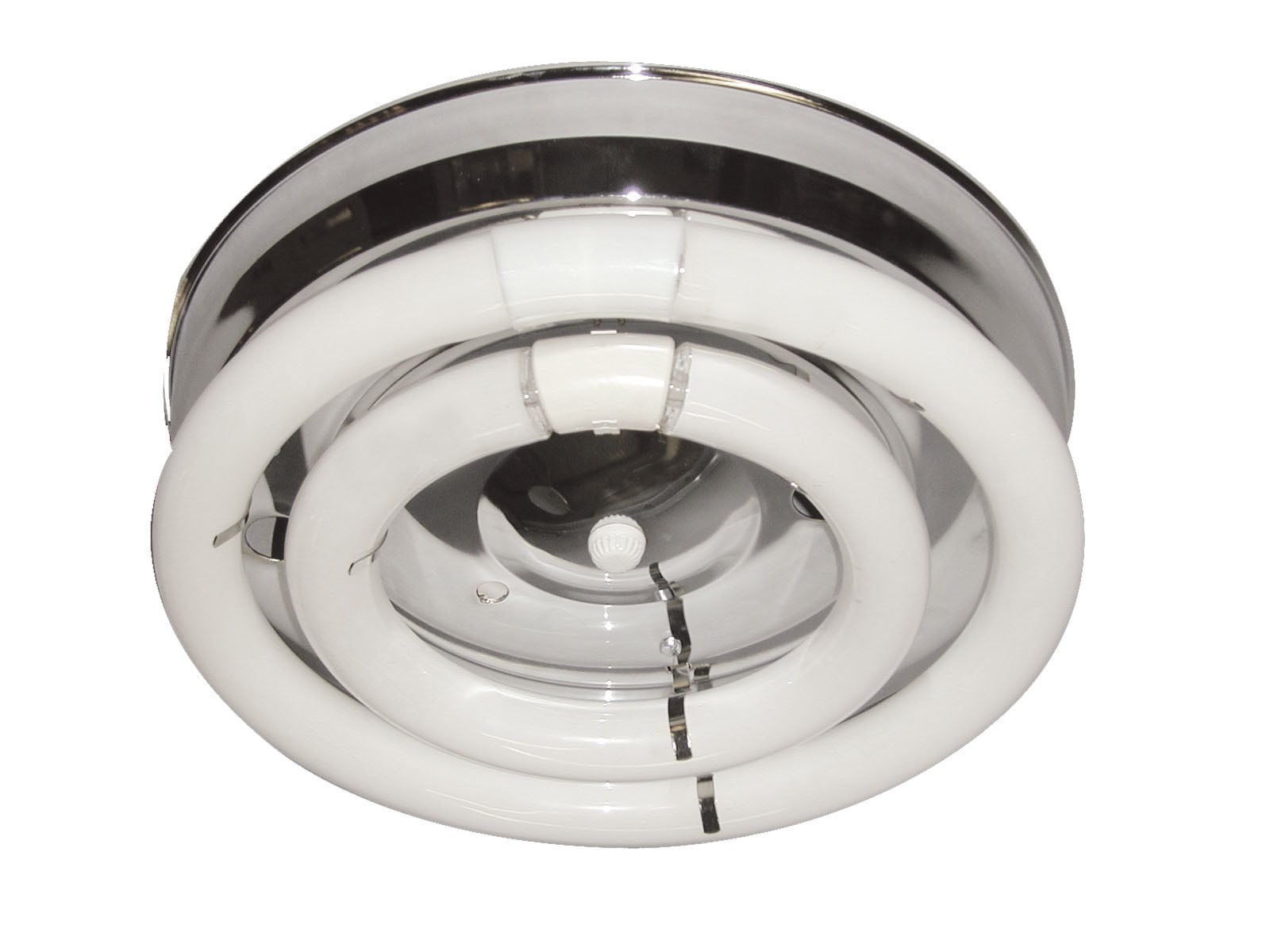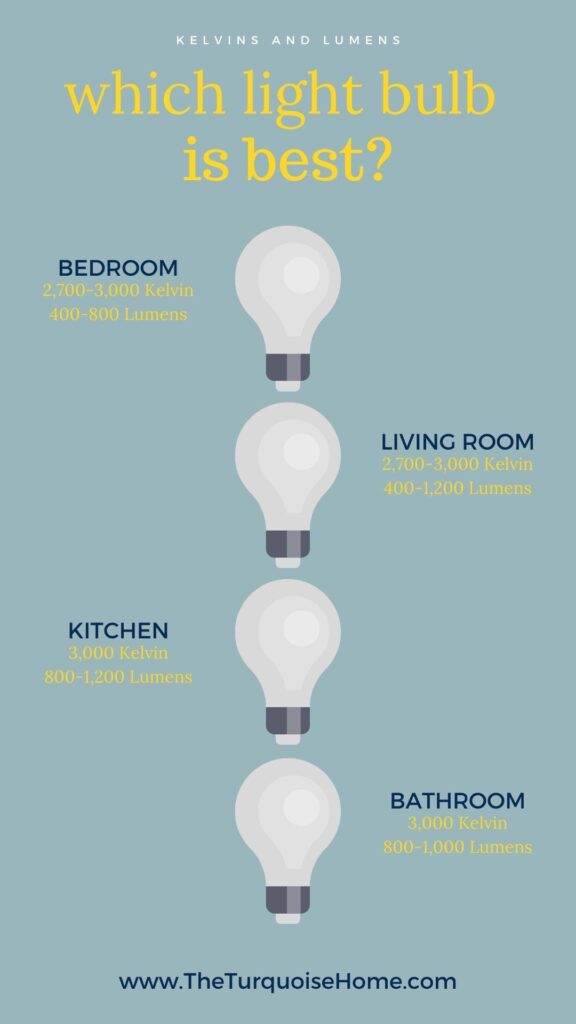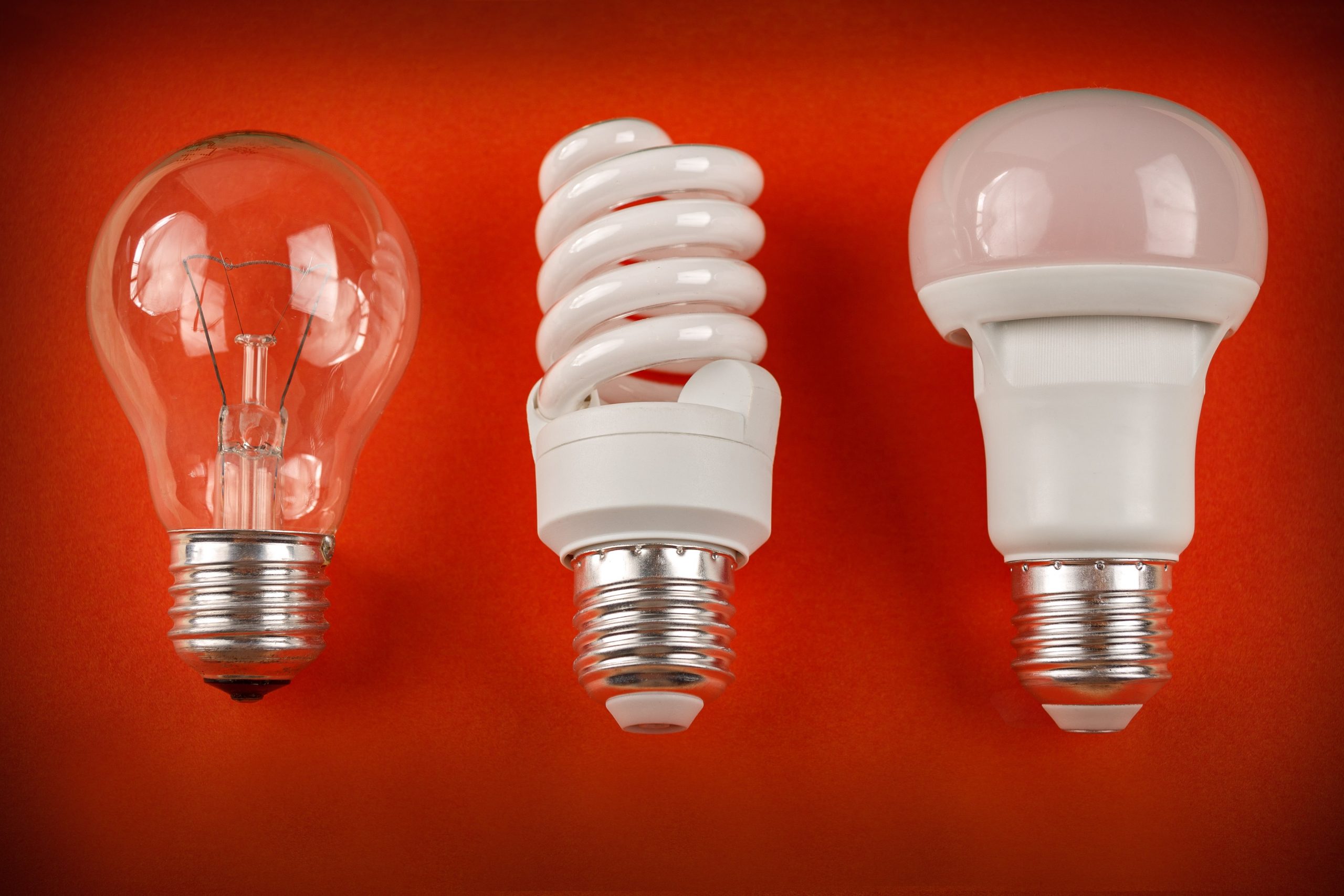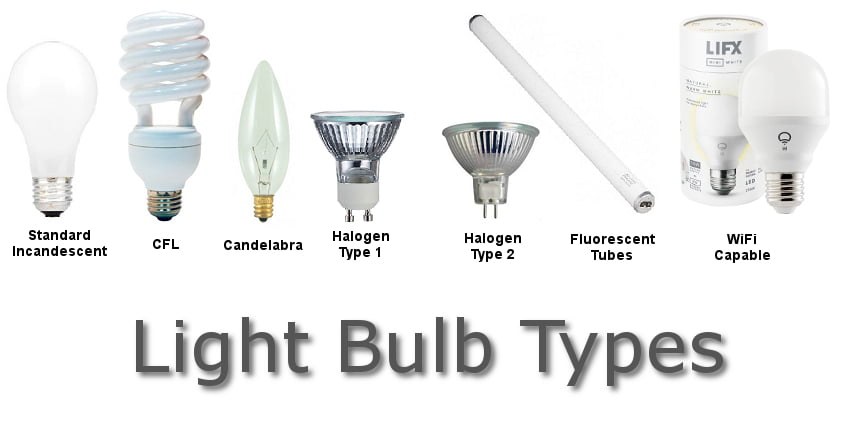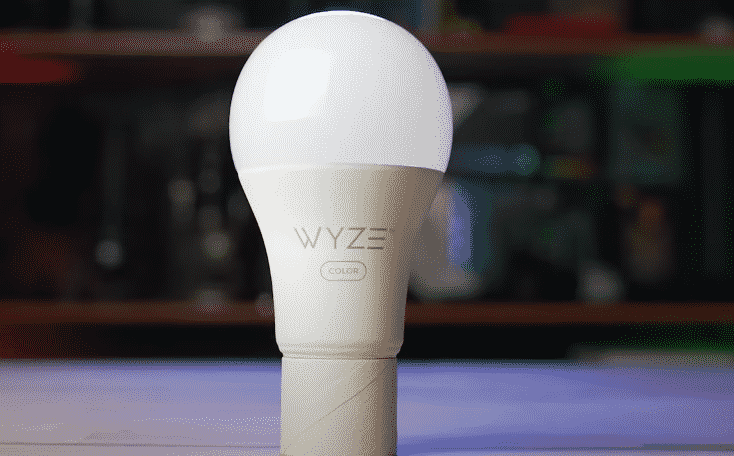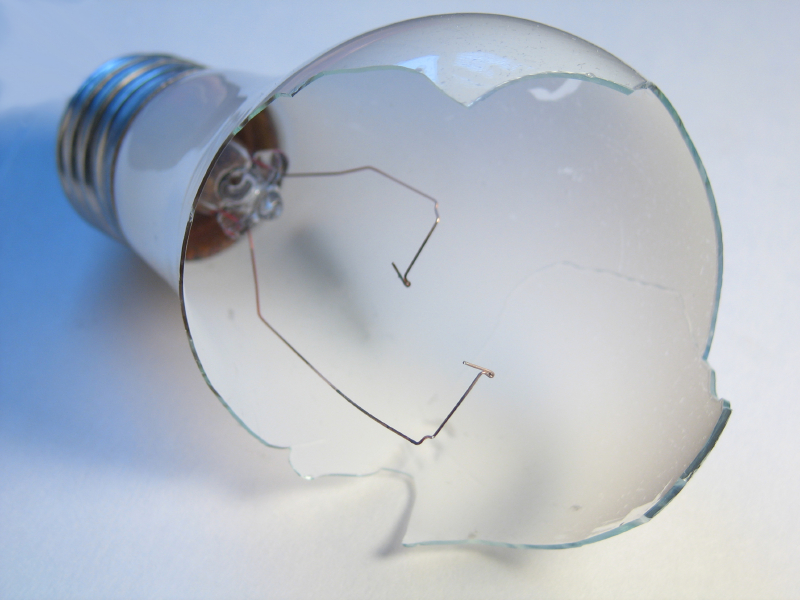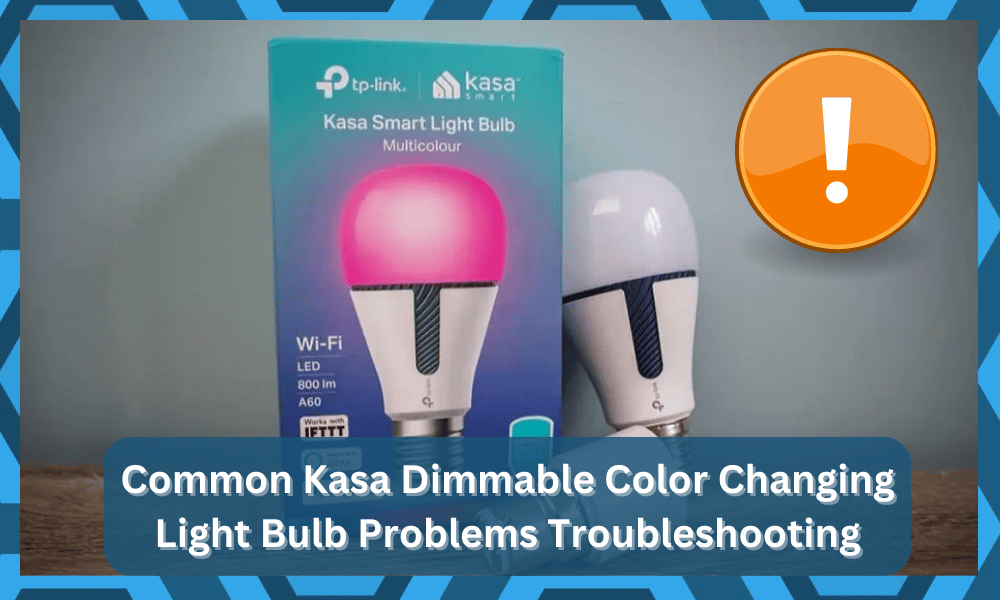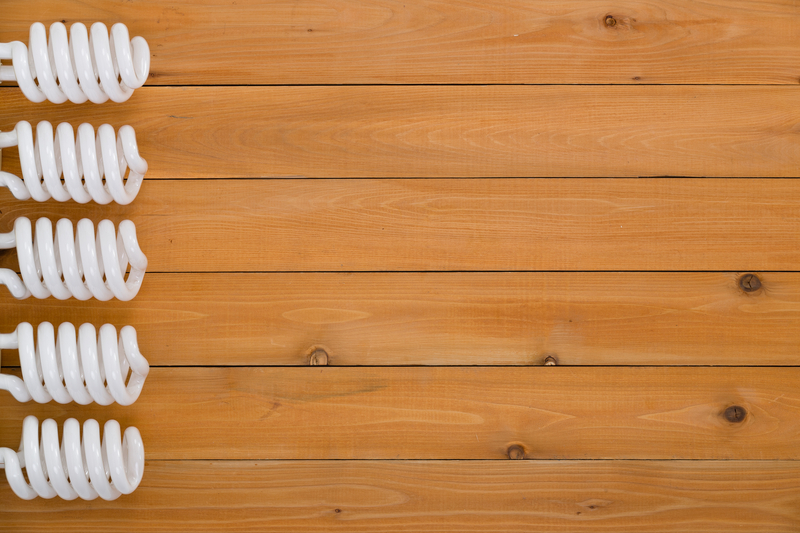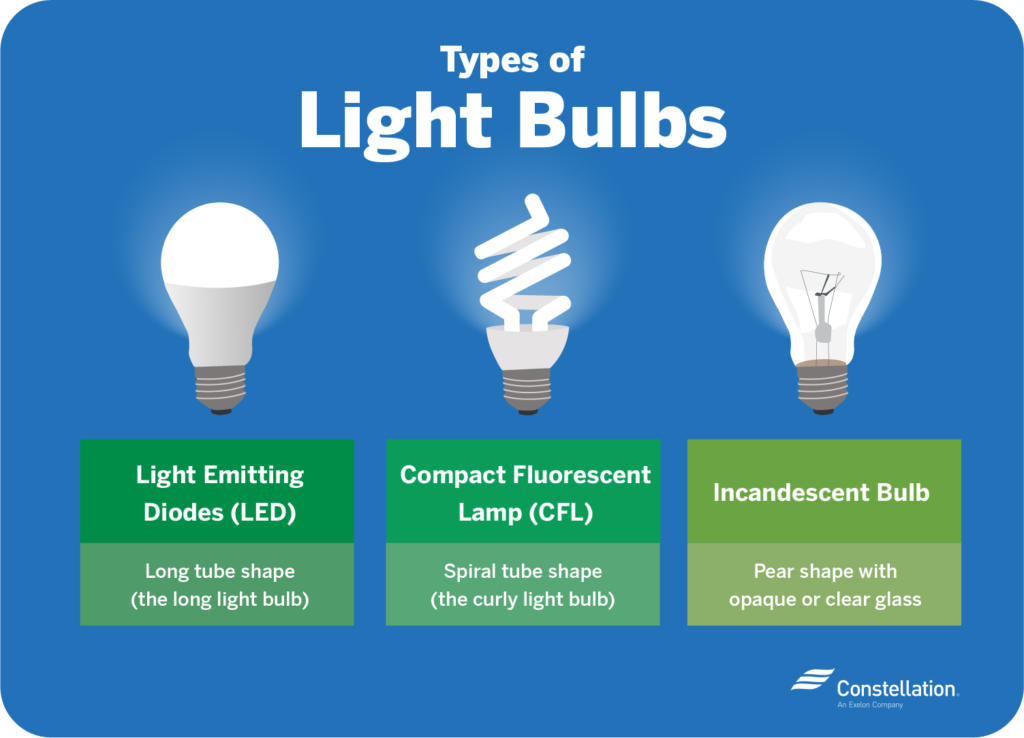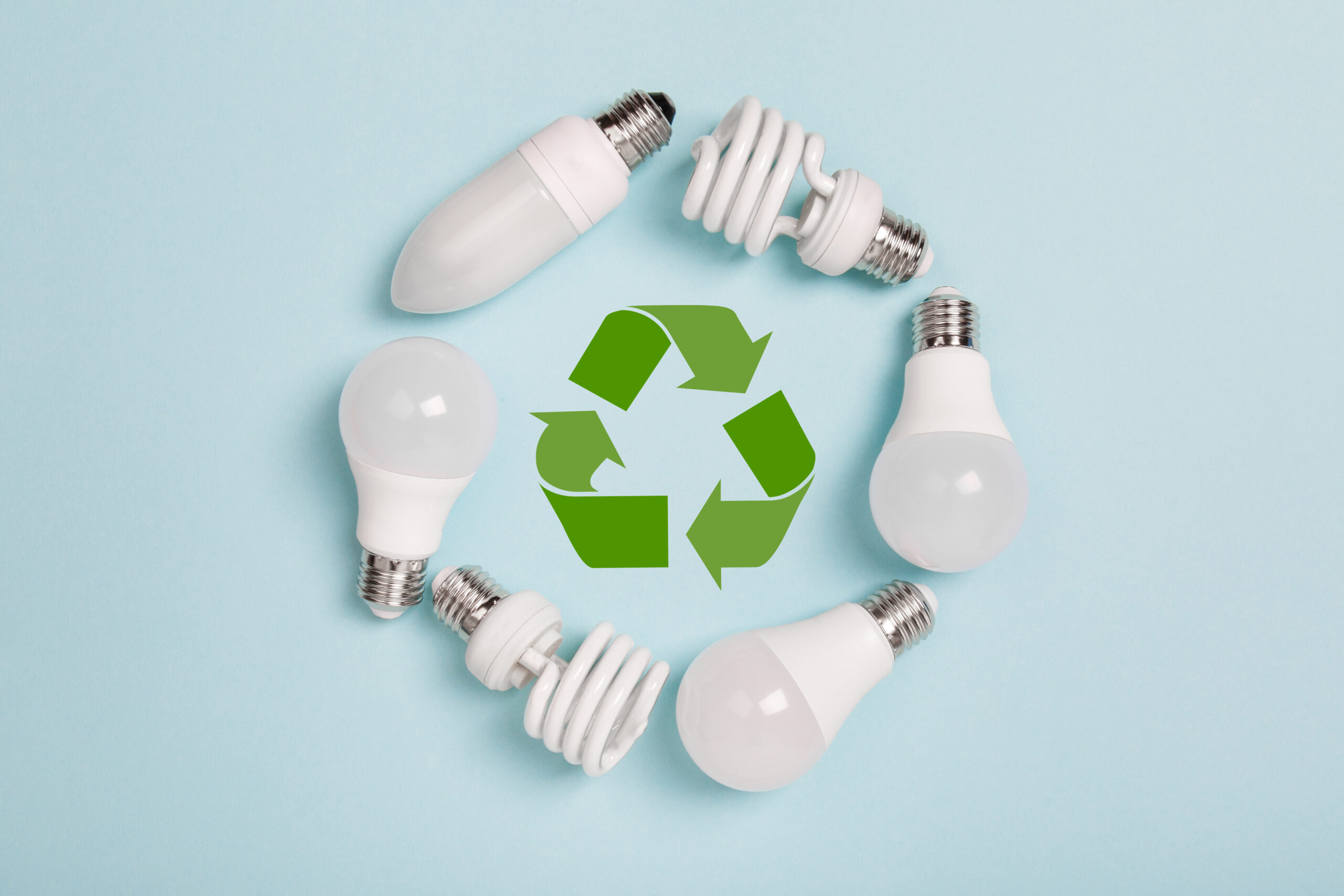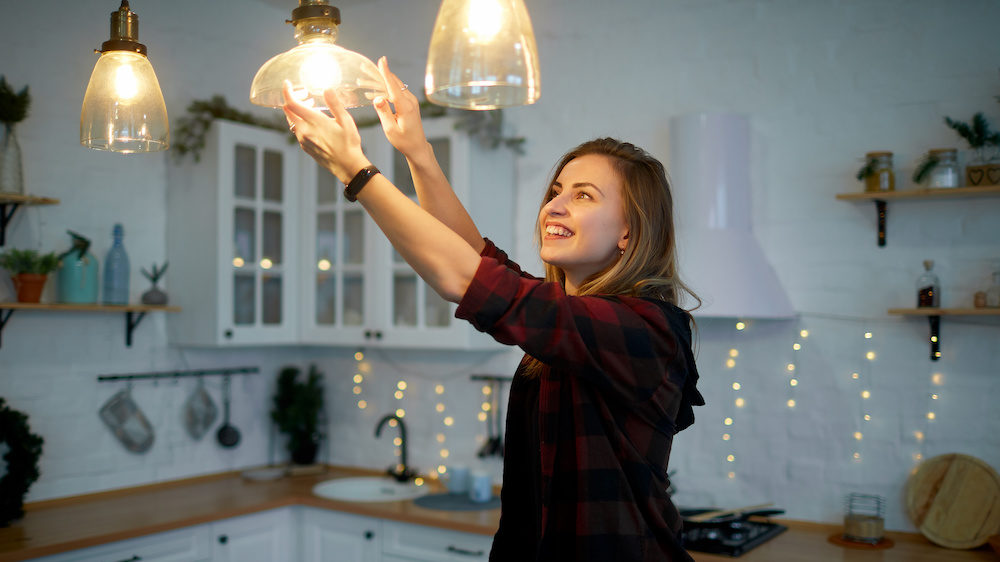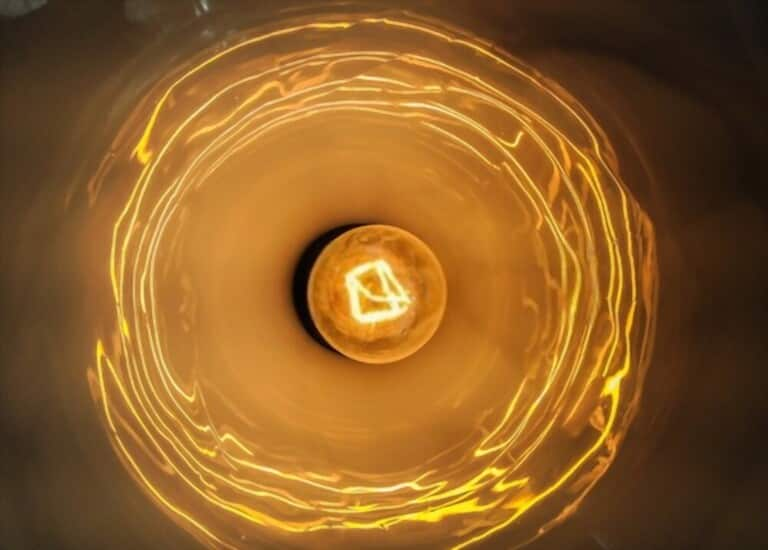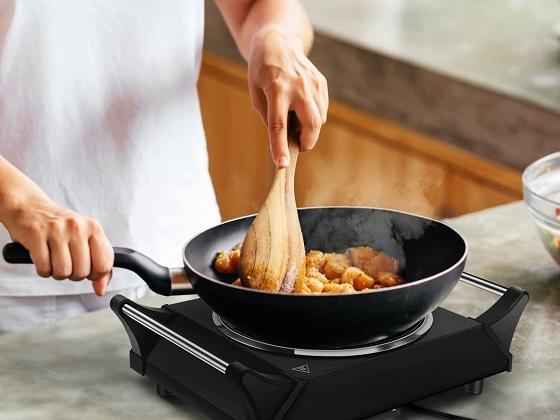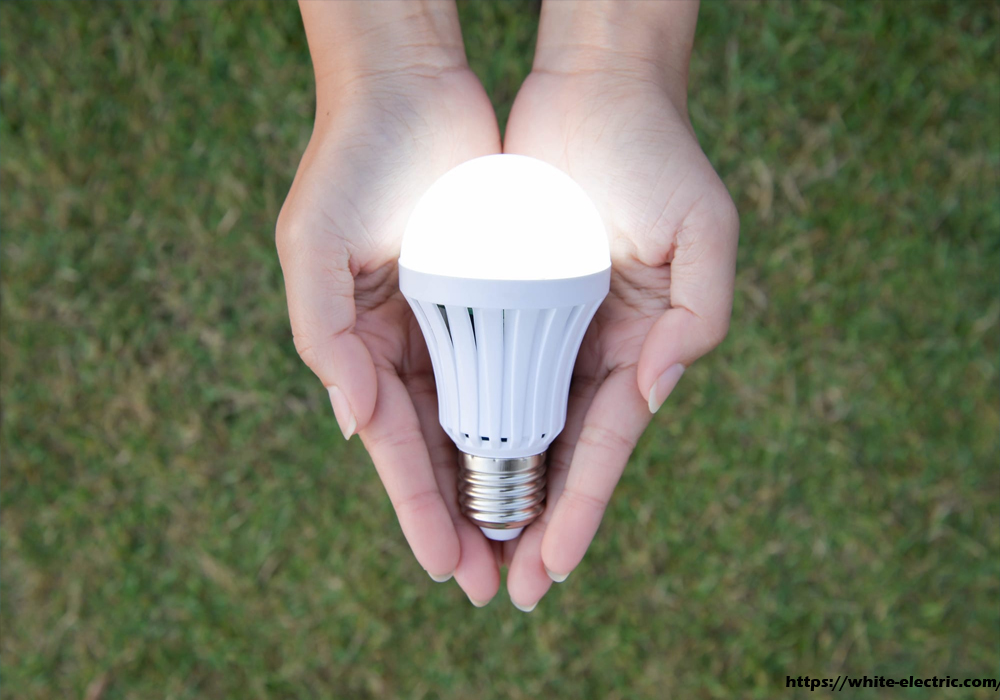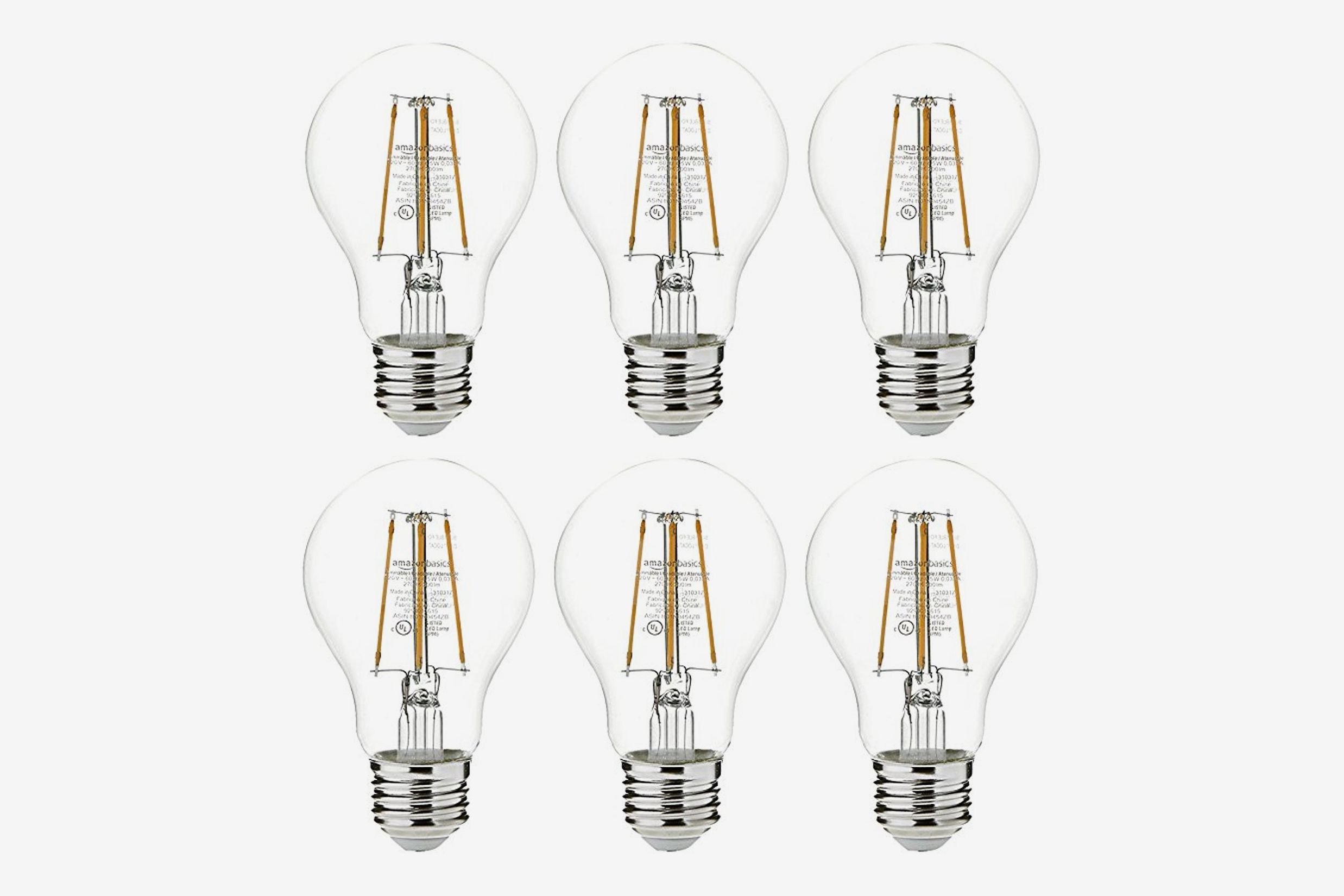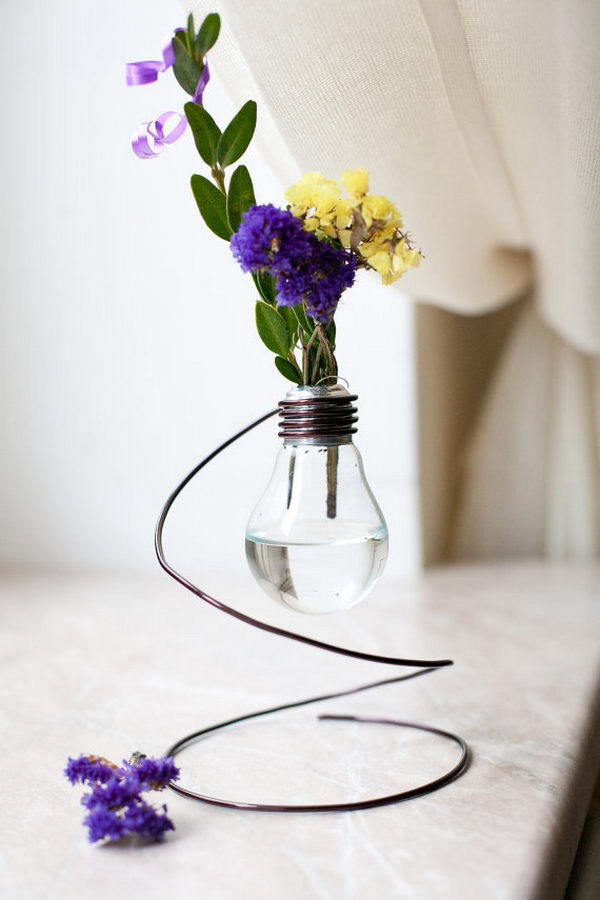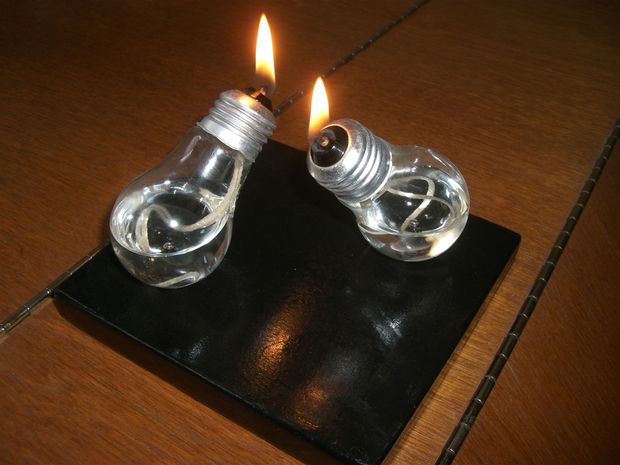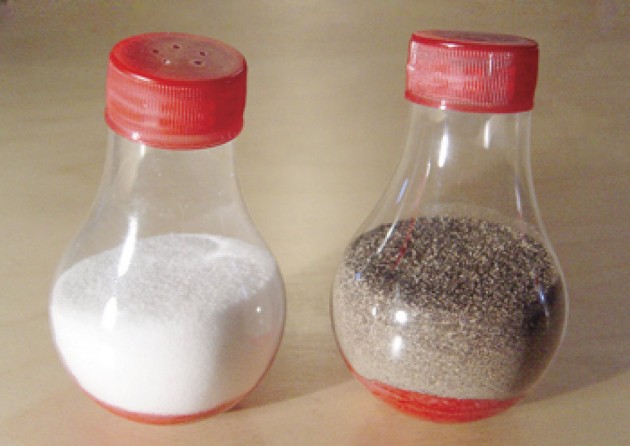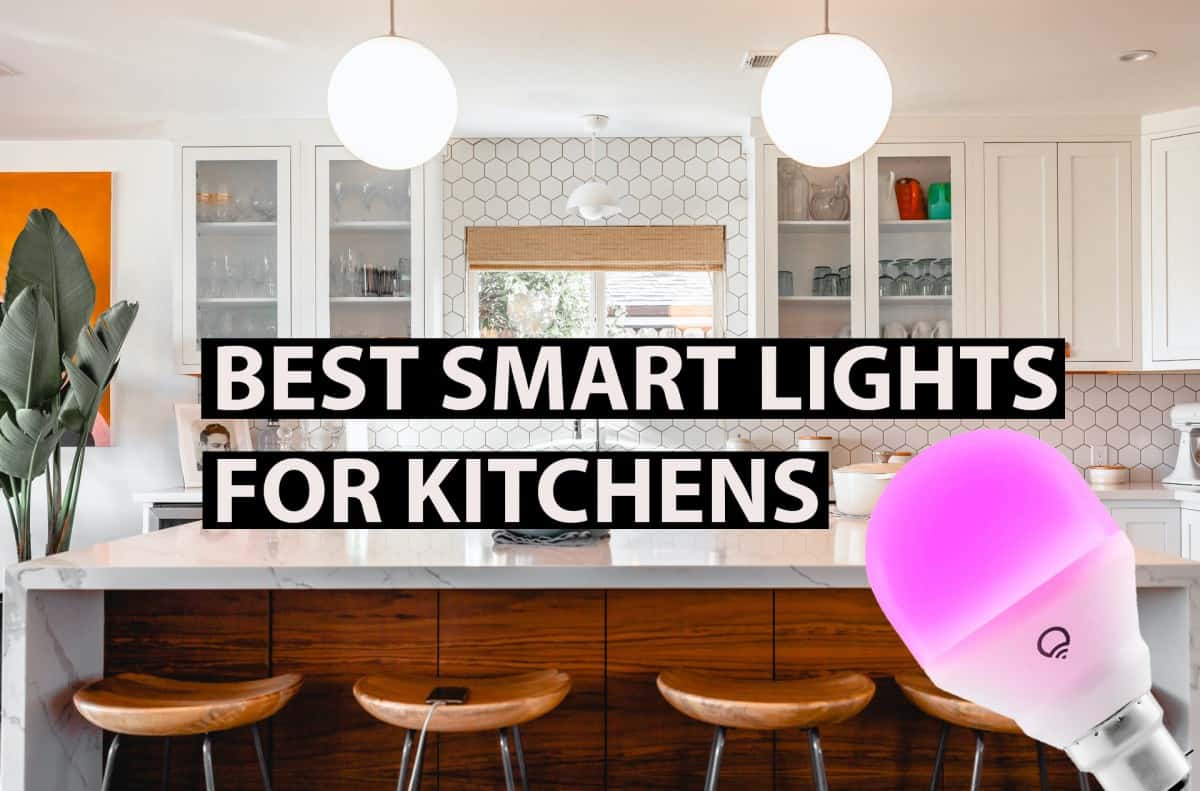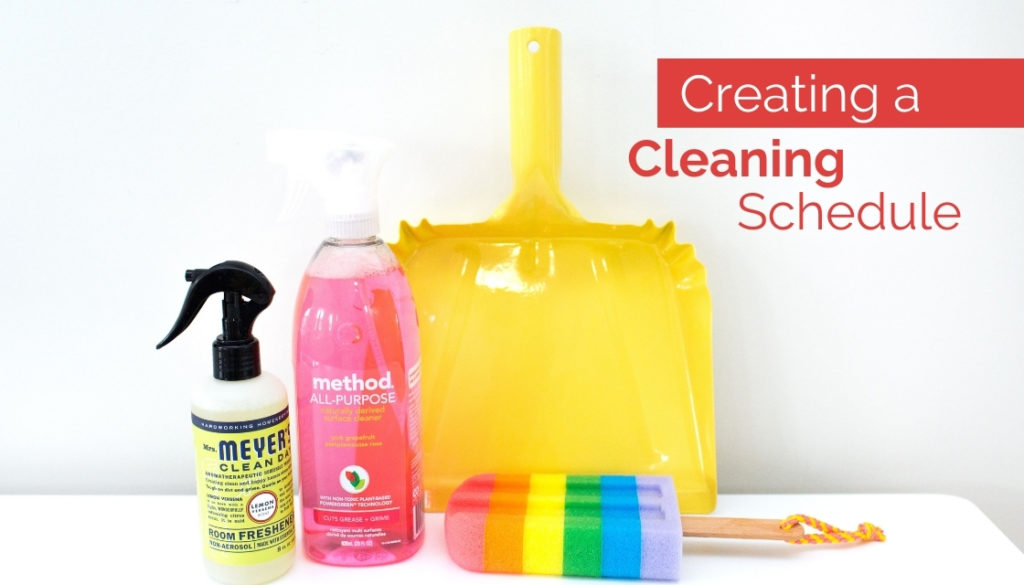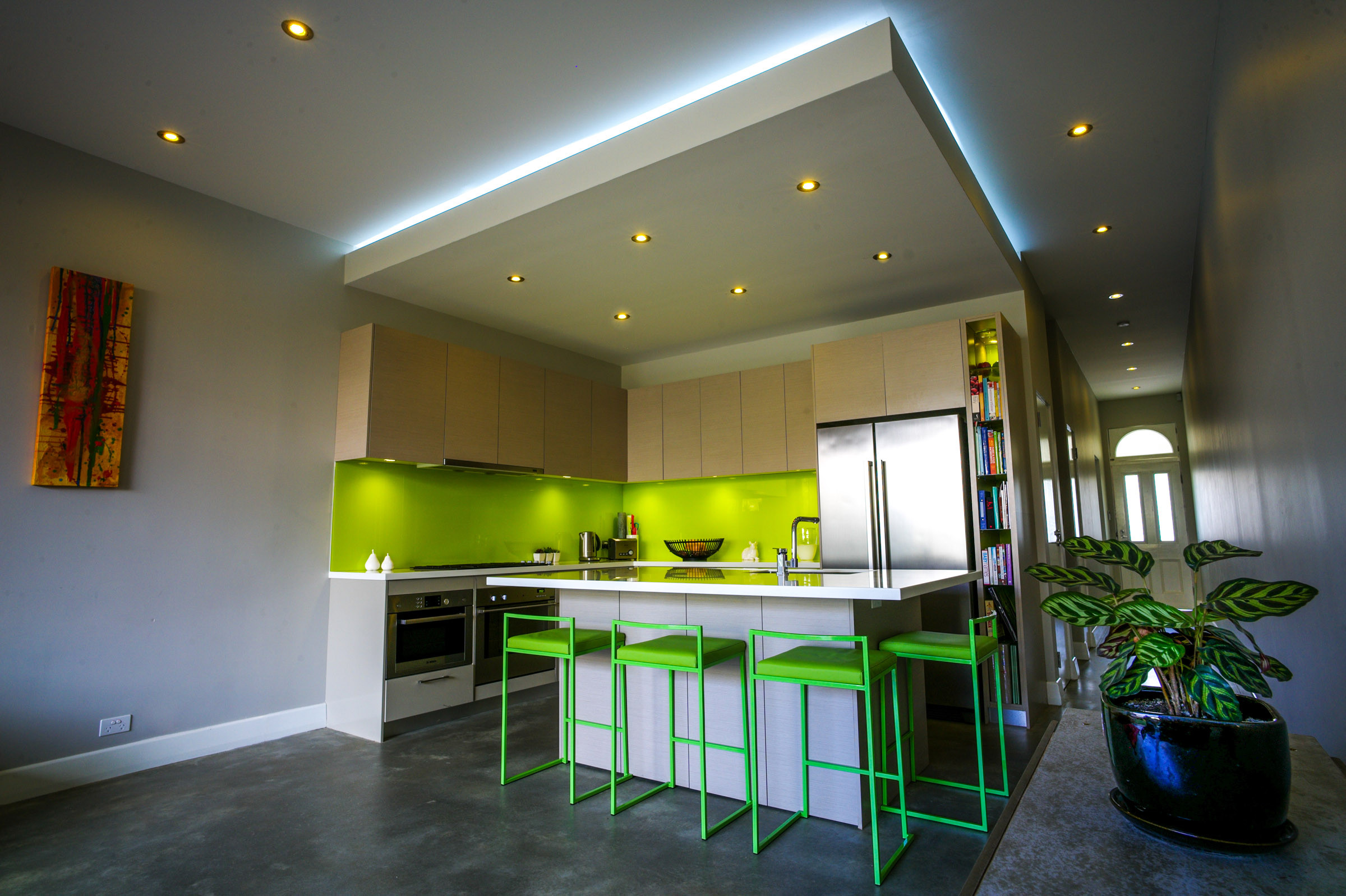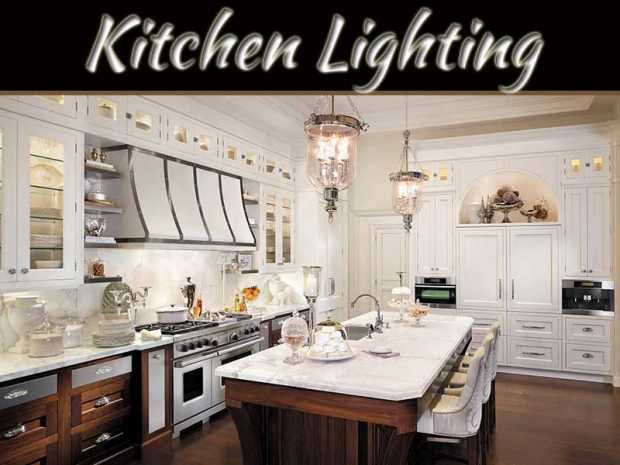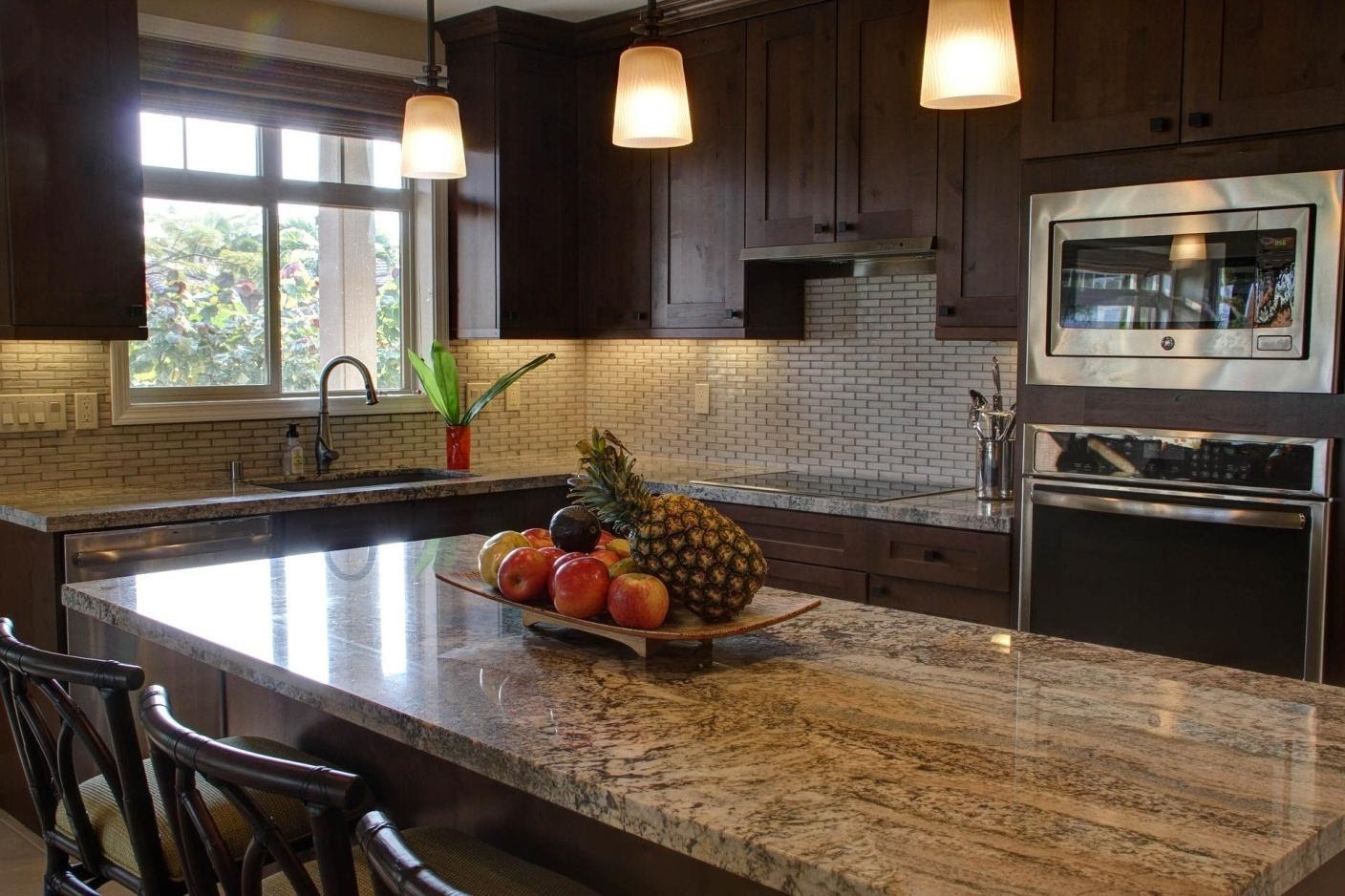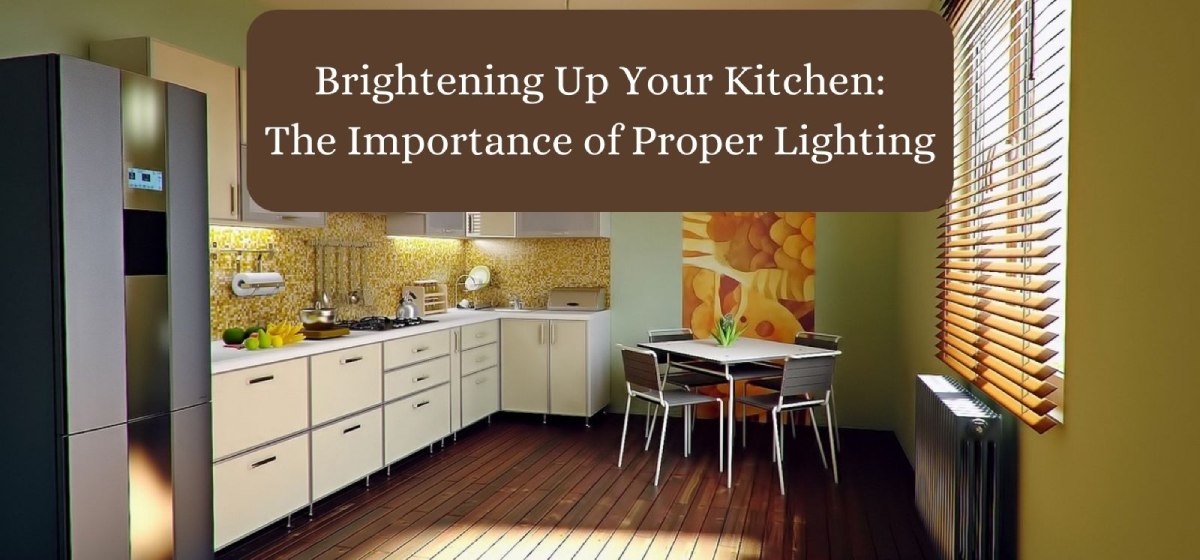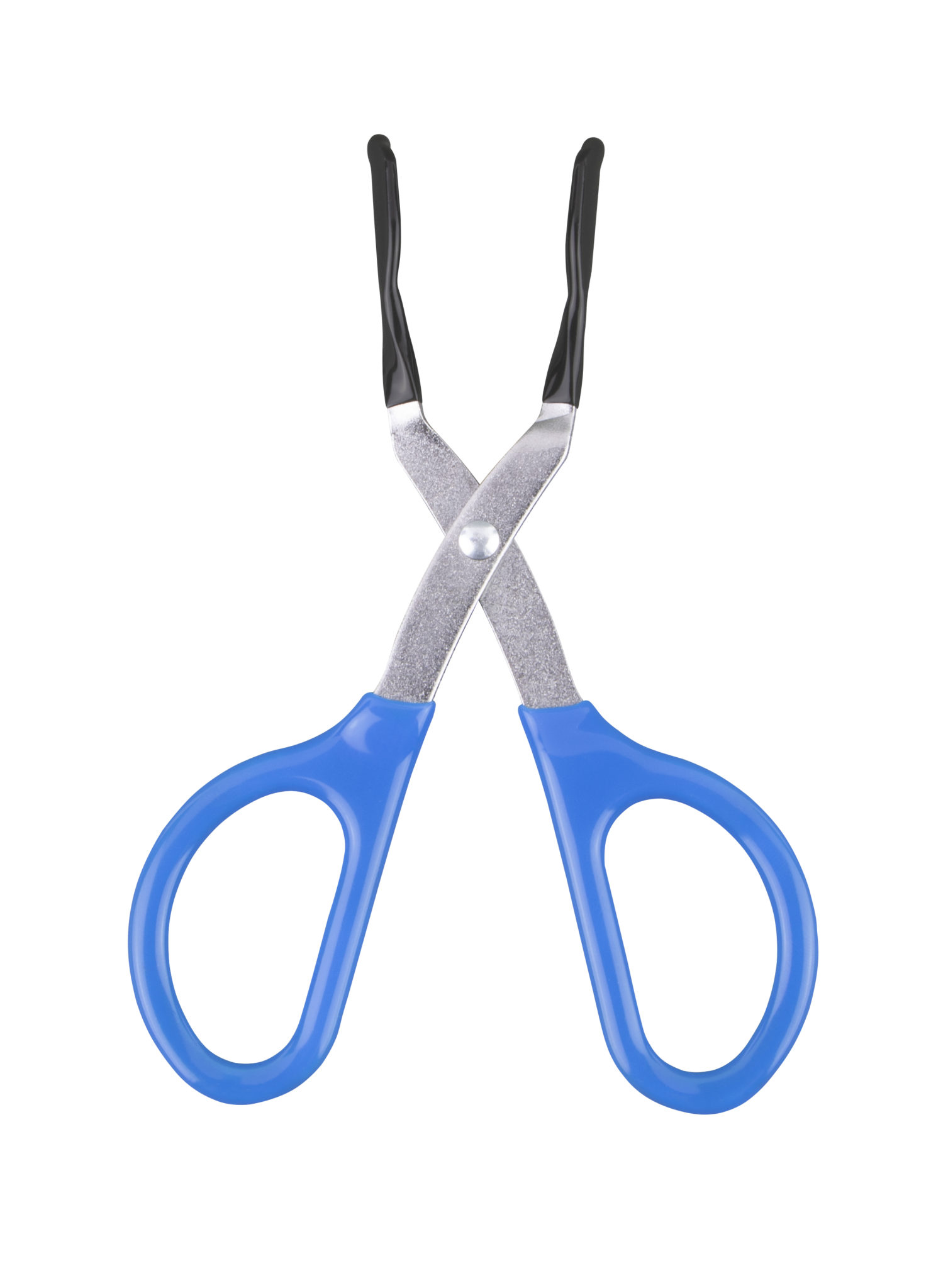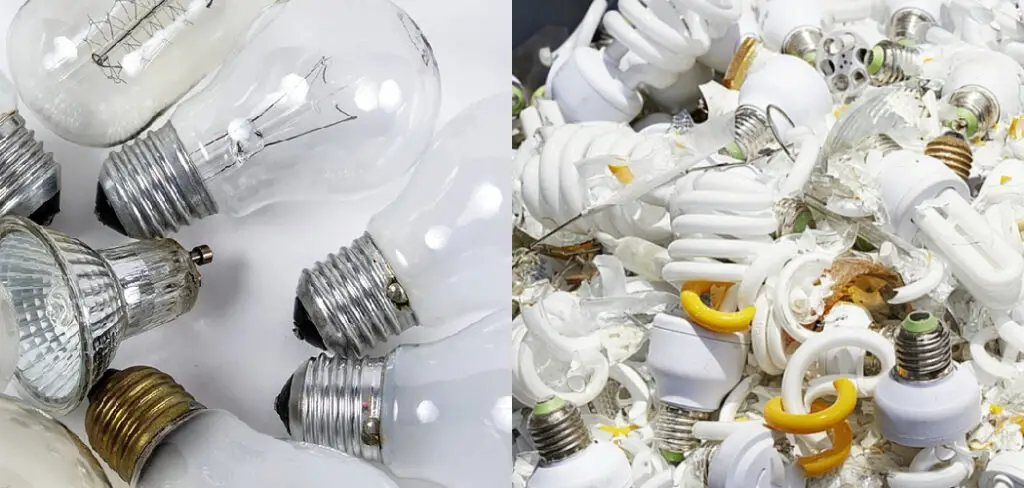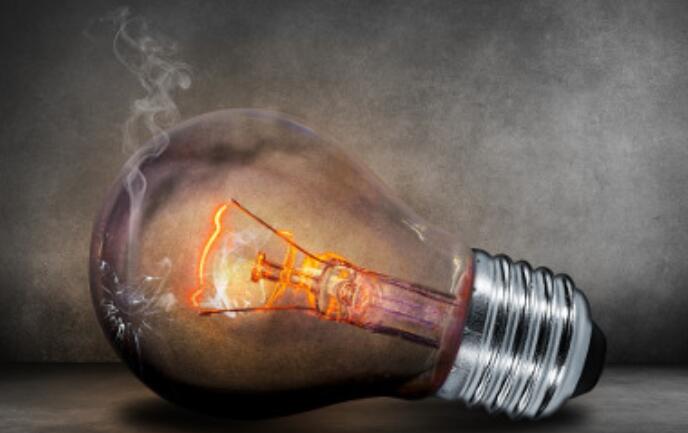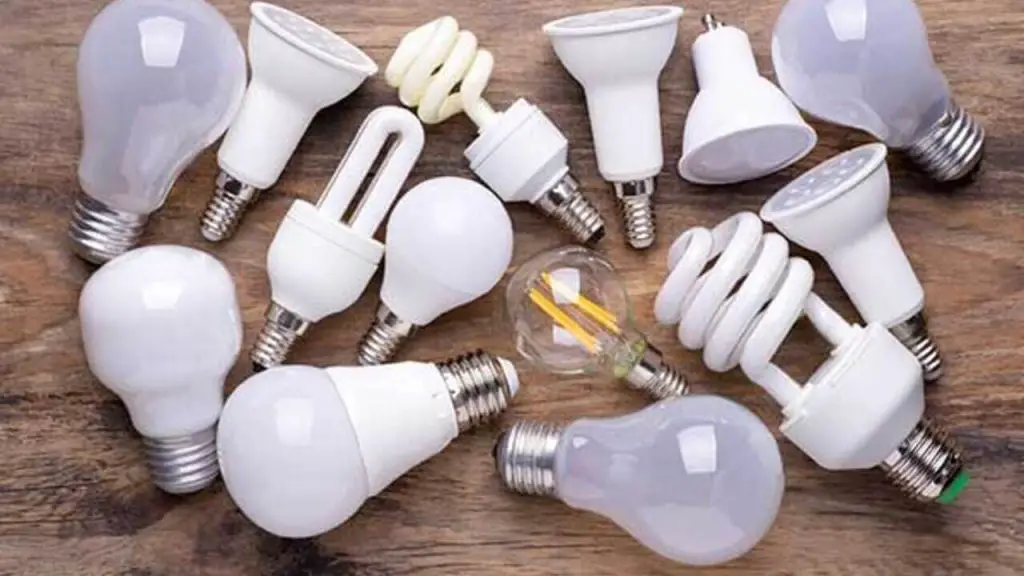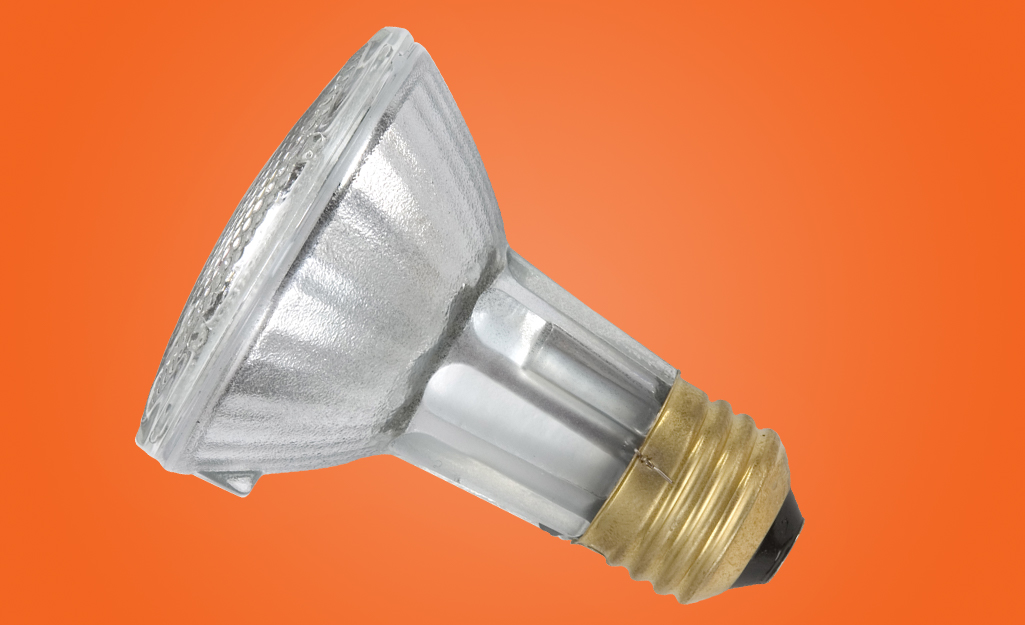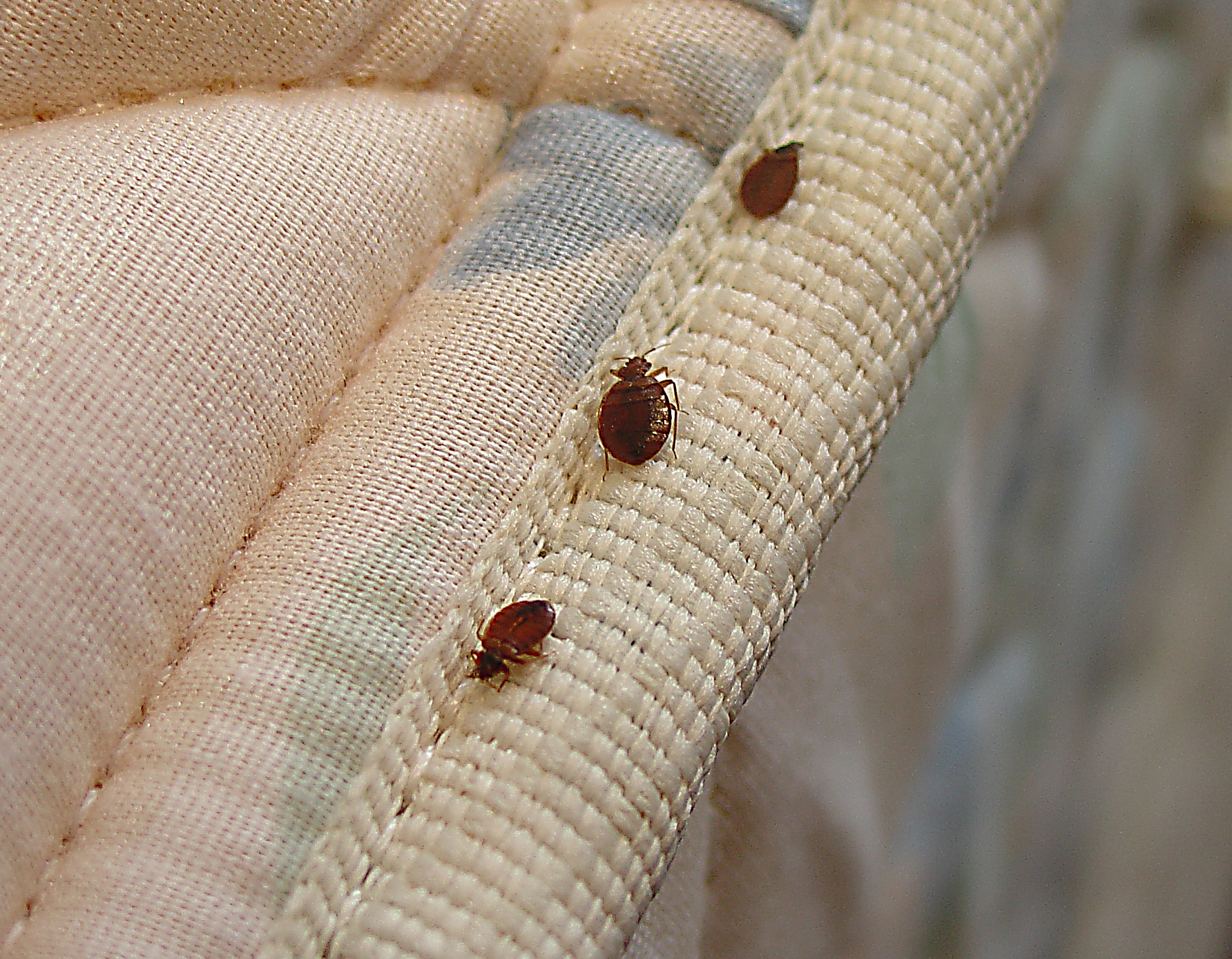Changing a light bulb may seem like a simple task, but when it comes to the kitchen, it’s important to do it right. The kitchen is often the heart of the home, and having proper lighting is essential for cooking, cleaning, and creating a warm and inviting atmosphere. If you’re unsure of how to change a kitchen light bulb, don’t worry – we’ve got you covered. Start by turning off the power to the light fixture. This can be done by turning off the switch or flipping the circuit breaker. Next, gently twist the old light bulb counterclockwise to remove it from the socket. Make sure to dispose of it properly, as some light bulbs contain hazardous materials. When choosing a new light bulb, consider the size, shape, and wattage for your specific fixture. LED bulbs are the most energy-efficient and can last up to 25 times longer than traditional incandescent bulbs. Once you have the new bulb, screw it into the socket clockwise, making sure not to overtighten it. Finally, turn the power back on and enjoy the new bright light in your kitchen.1. How to Change a Kitchen Light Bulb
With so many options on the market, it can be overwhelming to choose the best light bulbs for your kitchen. But fear not, we’ve done the research for you. When it comes to the kitchen, it’s important to have bright, natural-looking light that won’t distort colors. This is especially important for tasks like cooking and food preparation. LED bulbs are the top choice for kitchen lighting. They are energy-efficient, long-lasting, and emit a bright, crisp light. Look for bulbs with a color temperature between 2700K-3000K, which will give off a warm, inviting light. Halogen bulbs are also a good option, as they provide bright, natural-looking light and can be dimmed for a more relaxed atmosphere. Whichever type of bulb you choose, make sure to consider the size and shape of your fixture to ensure a proper fit. And don’t be afraid to mix and match different types of bulbs to create layers of light in your kitchen.2. The Best Light Bulbs for Your Kitchen
Have you ever experienced a kitchen light bulb that flickers, buzzes, or burns out quickly? These are common issues that can be frustrating and potentially dangerous. But before you call an electrician, try troubleshooting the problem yourself. If your light bulb is flickering, it could be due to a loose connection or a faulty bulb. Make sure the bulb is screwed in properly and try replacing it with a new one. Buzzing noises can be caused by a loose bulb, so make sure it’s secure. If the problem persists, it could be an issue with the fixture or wiring, and it’s best to seek professional help. Burnt out bulbs are a common occurrence, but if they are happening frequently, it could indicate a larger issue. Check the wattage of the bulb to make sure it’s not too high for the fixture, which can cause overheating. If the problem continues, it’s best to consult a professional to ensure the safety of your home.3. Troubleshooting Common Kitchen Light Bulb Issues
In today’s world, energy efficiency is a top priority for homeowners. Not only does it help the environment, but it can also save you money on your energy bills. When it comes to kitchen lighting, there are several energy-efficient options to choose from. LED bulbs are the most energy-efficient, using 75-80% less energy than traditional incandescent bulbs. They also last up to 25 times longer, which means fewer trips to the store for replacements. CFL bulbs are another energy-efficient option, using 75% less energy than incandescent bulbs and lasting up to 10 times longer. While energy-efficient bulbs may be slightly more expensive upfront, the long-term savings and environmental benefits make them a worthwhile investment for your kitchen.4. Energy-Efficient Light Bulbs for Your Kitchen
When purchasing a new light bulb for your kitchen, it’s important to consider the wattage to ensure proper lighting. The wattage of a bulb indicates how much energy it uses, and the higher the wattage, the brighter the light will be. To choose the right wattage for your kitchen, consider the size and shape of the room, as well as the type of lighting you want to achieve. For general lighting, aim for 50-100 watts per 20 square feet of space. Task lighting, such as over a kitchen island or sink, may require brighter bulbs of 100-150 watts per 20 square feet. It’s important to note that some fixtures have a maximum wattage recommendation, so make sure to check before purchasing a bulb. And remember, energy-efficient bulbs often use fewer watts but still emit a bright light.5. How to Choose the Right Wattage for Your Kitchen Light Bulb
We’ve mentioned LED bulbs several times throughout this article, and for good reason – they have many benefits when it comes to kitchen lighting. LED bulbs are energy-efficient, long-lasting, and emit a bright, natural-looking light. But that’s not all – LED bulbs also have a lower heat output than traditional incandescent bulbs, making them safer to use in the kitchen. They also come in a variety of shapes and sizes, making them versatile for any fixture. And with advancements in technology, LED bulbs are now available in a range of color temperatures, allowing you to customize the lighting in your kitchen.6. The Benefits of LED Light Bulbs in the Kitchen
Light bulbs don’t just have to be a functional aspect of your kitchen – they can also be used as a decorative element. Incorporating light bulbs into your kitchen decor can add a unique and modern touch to the space. One popular trend is to use exposed bulb fixtures, where the bulb is the main focus instead of being hidden behind a shade or cover. These fixtures can be hung in clusters for a statement piece or used individually for a more subtle effect. Another creative idea is to use string lights or fairy lights to add a cozy and whimsical feel to your kitchen. Just make sure to use LED or CFL bulbs in any exposed fixtures for safety and energy efficiency.7. Creative Ways to Use Light Bulbs in Your Kitchen Decor
Proper maintenance of your kitchen light fixtures is essential for ensuring they work properly and last a long time. Plus, a clean and well-maintained fixture can enhance the overall appearance of your kitchen. To clean your light fixtures, start by turning off the power and removing any light bulbs. Use a soft, damp cloth to wipe down the fixture, making sure to get into any crevices. For tougher grime, use a mild cleaner and rinse with a clean damp cloth. Make sure the fixture is completely dry before reattaching the bulbs and turning the power back on. It’s also a good idea to regularly check for loose connections or burned-out bulbs and replace them as needed.8. How to Clean and Maintain Your Kitchen Light Fixtures
We’ve discussed the different types of light bulbs and how to choose the right wattage, but why is proper lighting so important in the kitchen? Simply put, good lighting is essential for safety, functionality, and ambiance. In the kitchen, proper lighting is necessary for tasks like cooking, food preparation, and cleaning. Insufficient lighting can lead to accidents and make it difficult to see while working. Additionally, the right lighting can create a warm and inviting atmosphere, making the kitchen a more enjoyable space for family and guests.9. The Importance of Proper Lighting in the Kitchen
When it’s time to replace your old kitchen light bulbs, it’s important to dispose of them properly to avoid any harm to the environment. Incandescent bulbs can be disposed of in the regular trash, but CFL and LED bulbs require special handling. CFL bulbs contain a small amount of mercury, which is harmful to the environment. They can be brought to a local recycling center or home improvement store for proper disposal. LED bulbs do not contain any hazardous materials but can also be recycled at designated drop-off locations. Proper disposal of old light bulbs not only protects the environment but also ensures the safety of waste management workers.10. How to Dispose of Old Kitchen Light Bulbs Safely
The Importance of Choosing the Right Kitchen Light Bulb for Your Home

Enhancing the Aesthetics of Your Kitchen
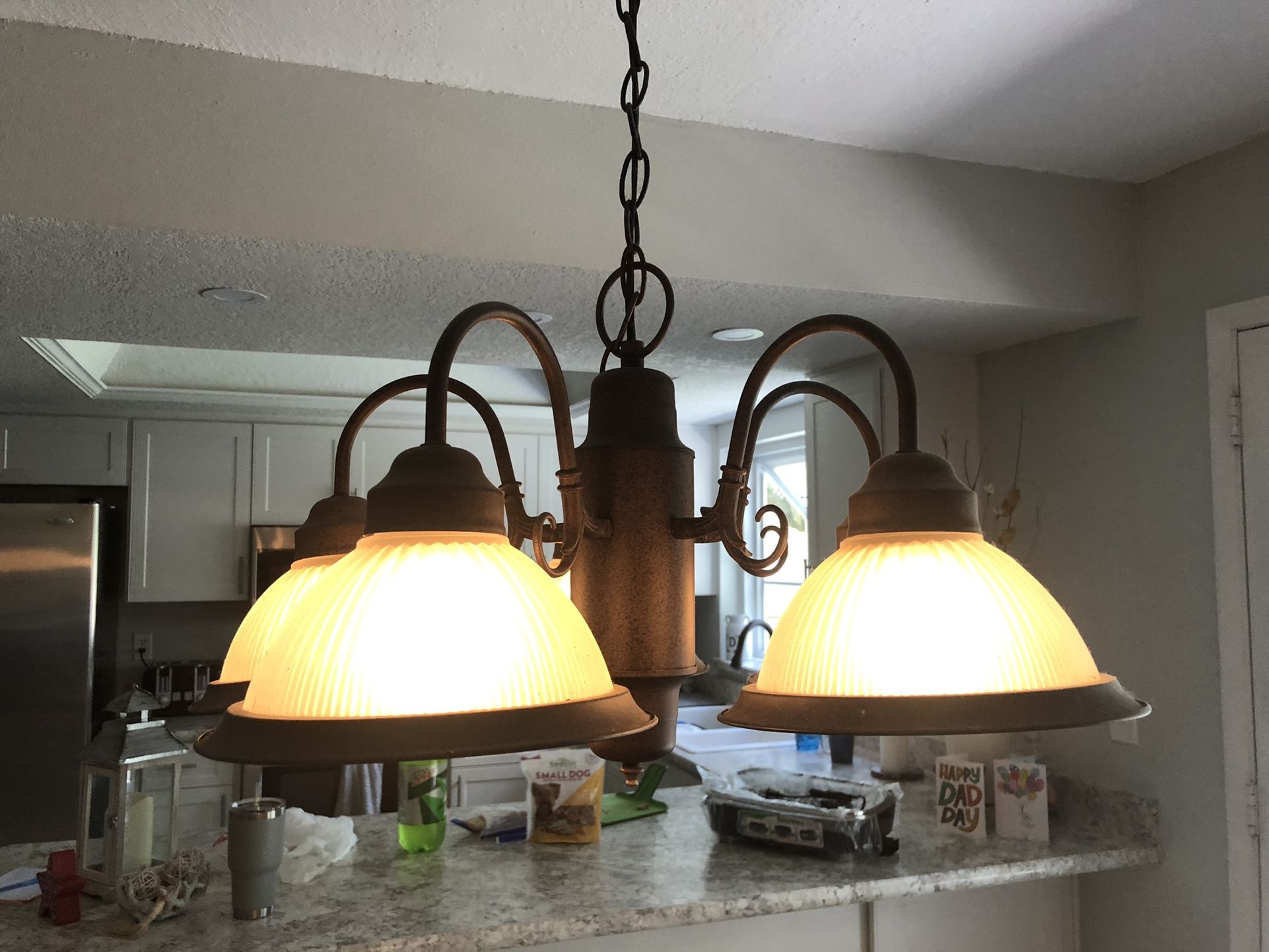 When it comes to house design, the kitchen is often considered the heart of the home. It's where we gather to cook, eat, and spend time with our loved ones. As such, it's important to create a space that is not only functional but also visually appealing. One of the key elements in achieving this is choosing the right
kitchen light bulb
.
The type of light bulb you choose can greatly impact the overall look and feel of your kitchen.
LED bulbs
are becoming increasingly popular due to their energy efficiency and long lifespan. They are also available in a variety of colors, allowing you to create different moods in your kitchen depending on the occasion. For example, warm yellow light can create a cozy and inviting atmosphere for family dinners, while brighter white light is ideal for food preparation.
When it comes to house design, the kitchen is often considered the heart of the home. It's where we gather to cook, eat, and spend time with our loved ones. As such, it's important to create a space that is not only functional but also visually appealing. One of the key elements in achieving this is choosing the right
kitchen light bulb
.
The type of light bulb you choose can greatly impact the overall look and feel of your kitchen.
LED bulbs
are becoming increasingly popular due to their energy efficiency and long lifespan. They are also available in a variety of colors, allowing you to create different moods in your kitchen depending on the occasion. For example, warm yellow light can create a cozy and inviting atmosphere for family dinners, while brighter white light is ideal for food preparation.
Improving Task Lighting
 Another important factor to consider when choosing a kitchen light bulb is its ability to provide adequate task lighting. Task lighting is essential for activities such as cooking, cleaning, and reading recipes.
Fluorescent bulbs
are a popular choice for this purpose as they provide bright, natural-looking light that is easy on the eyes. They are also energy-efficient and have a longer lifespan compared to traditional incandescent bulbs.
In addition to the type of bulb, it's also crucial to consider the
lumens
(brightness) and
color temperature
of the light bulb. Generally, a higher number of lumens indicates a brighter light, while color temperature is measured in Kelvins and can range from warm (2700K-3000K) to cool (5000K-6500K). For a well-lit and functional kitchen, aim for a color temperature of 3000K-3500K and a brightness of 800-1500 lumens.
Another important factor to consider when choosing a kitchen light bulb is its ability to provide adequate task lighting. Task lighting is essential for activities such as cooking, cleaning, and reading recipes.
Fluorescent bulbs
are a popular choice for this purpose as they provide bright, natural-looking light that is easy on the eyes. They are also energy-efficient and have a longer lifespan compared to traditional incandescent bulbs.
In addition to the type of bulb, it's also crucial to consider the
lumens
(brightness) and
color temperature
of the light bulb. Generally, a higher number of lumens indicates a brighter light, while color temperature is measured in Kelvins and can range from warm (2700K-3000K) to cool (5000K-6500K). For a well-lit and functional kitchen, aim for a color temperature of 3000K-3500K and a brightness of 800-1500 lumens.
Creating a Sustainable Home
 Aside from improving the aesthetics and functionality of your kitchen, choosing the right light bulb can also contribute to creating a more sustainable home. As mentioned earlier, LED and fluorescent bulbs are energy-efficient, meaning they consume less electricity and have a longer lifespan. This not only reduces your energy bills but also decreases your carbon footprint.
In conclusion, the
kitchen light bulb
may seem like a small detail in house design, but it plays a significant role in enhancing the overall look and feel of your kitchen. By considering factors such as bulb type, lumens, and color temperature, you can create a well-lit and visually appealing space that meets your needs and contributes to a more sustainable home. So next time you're in the lighting aisle, remember to choose your kitchen light bulbs wisely.
Aside from improving the aesthetics and functionality of your kitchen, choosing the right light bulb can also contribute to creating a more sustainable home. As mentioned earlier, LED and fluorescent bulbs are energy-efficient, meaning they consume less electricity and have a longer lifespan. This not only reduces your energy bills but also decreases your carbon footprint.
In conclusion, the
kitchen light bulb
may seem like a small detail in house design, but it plays a significant role in enhancing the overall look and feel of your kitchen. By considering factors such as bulb type, lumens, and color temperature, you can create a well-lit and visually appealing space that meets your needs and contributes to a more sustainable home. So next time you're in the lighting aisle, remember to choose your kitchen light bulbs wisely.




